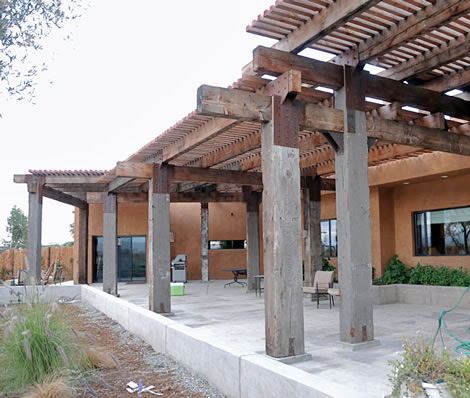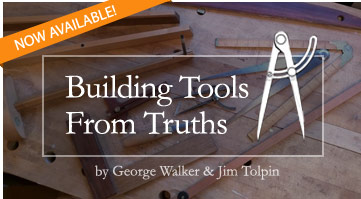In the last post, we saw how the
triplet works its magic to allow three segmented line lengths to come together to form a right angle. When the artisans wanted to lay out a right angle, they often turned this “truth” into some sort of a tool–that is, a template of a right angle.
Before I get into describing these tools in the next post, though, it might be useful to understand why a right angle is such a big deal, especially to builders. The hint is in the name itself: right (or recto as it was called in Latin). It’s a right angle because it is the right angle to set a post in order to make it plumb to a level surface. So if you have a level floor, you don’t have to plumb every post with a plumb bob swinging in the wind–you just use a template (i.e. a large framing square) to erect it up recto. And if you have more than one post set right, the next post will be co-recto with the first.
But that doesn’t exactly answer the question why a right angle is a correct angle in building. The answer lies in the physical characteristics of the structure of wood. Wood is incredibly strong in compression: that is, it’s ability to resist forces pushing on it’s end grain (think tubes).
However, as soon as the force no longer runs parallel to the grain, it imparts shear forces to the lignin binding agent (think glue) between the long fibers. That results in deformation bending (either immediately or over time), and potential deformation of the structure itself. Not having the same angle on each side of the post also really, really screws up layouts of internal elements to no end (says the finish carpenter to the framers).



